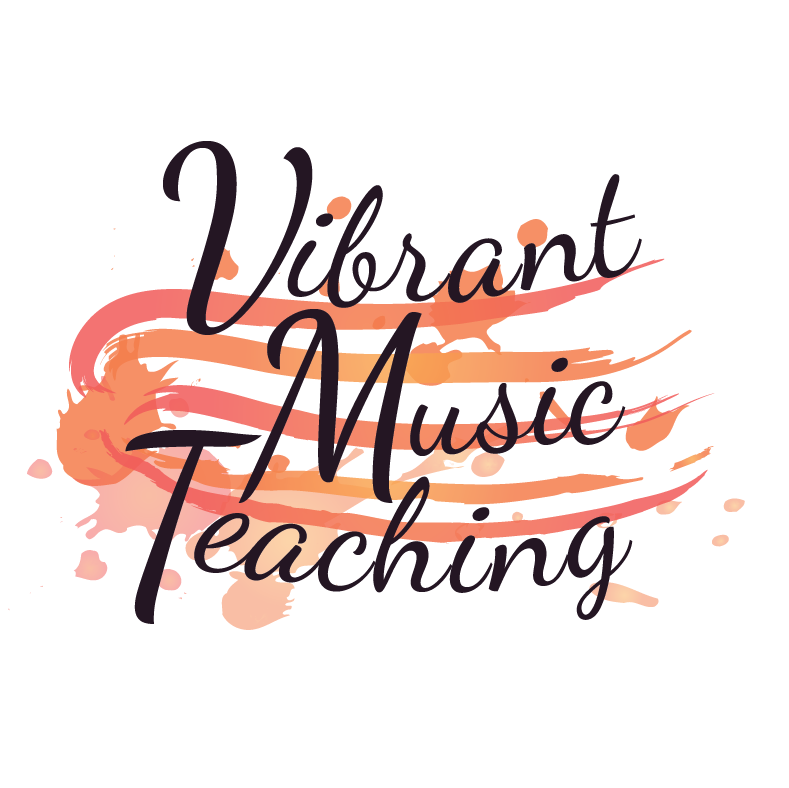Articulation Anaemia
Missing articulation can really dampen a student’s performance. Legato, staccato, and accents are all a big part of how we tell the story of a piece.
Articulation Anaemia: Vocalise
Vocalising gives your student a new way to feel the articulation, using her in-built instrument – her voice. Articulation is way more fun when you get to bring it to life in this way.
Steps
- Play the piece for your student and come up with syllables together that could represent the sounds and write them on the page. For example:
- Staccato notes could be tat or dak
- Two note slurs might be yah-dah or la-di
- Play the piece again and ask your student to be your vocalist. Join in too if she’s shy.
- Switch places and ask her to play while you both vocalise the articulation.
- Assign practice using these vocalisation, and ask your student to come up with another, alternative set of syllables to use. She can write these on the score in a different colour to make it clearer.
Articulation Anaemia: Conduct It!
Using gross motor skills can give your student a new way to think about articulation. Get them off that bench and moving to the expressive legato and staccato notes.
Steps
- Demonstrate your student’s piece or listen to a recording together.
- Discuss the articulation and how they help tell the story.
- Ask your student how she would show the performer what kind of articulation to play if she were a conductor.
- Play the piece and ask your student to be your conductor while you play.
- Try this with other pieces too if you want to work with articulation further.
- Assign practice conducting her piece, and imagining herself as the conductor while she plays.
